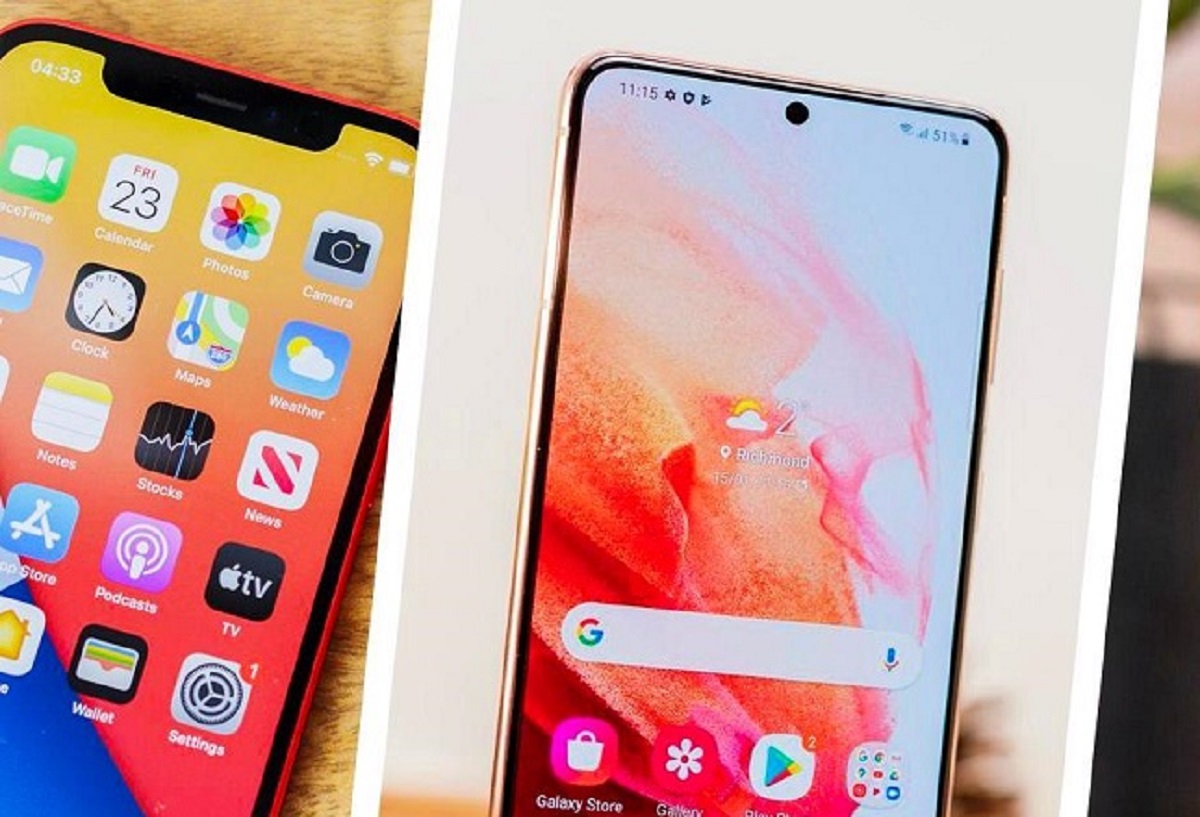You’ve Got More Options Than You May Realize
Smartphones have photographic capabilities that rival the most expensive cameras from several decades ago. Some have slow motion features, others have the ability to automatically remove certain unwanted objects from photos. You can take multiple photos at once, and take “long exposure” shots with some smartphones.
The more pricey the smartphone, in most cases, the more options you’ve got—and even certain bargain-priced options can be exceptionally versatile if you download the right apps. Following, we’ll explore a few things you can do so that, whatever phone or apps you’re using, you can make your pictures look better than you may have thought possible.

-
1. Make a Conscious Effort to Find the Right Light
Lighting is quite important. No matter how good the camera, if there’s no light to contrast with the subject of your picture, the end result won’t be as good. What make sense is actively seeking the right sort of light for any pictures. That said, this opportunity isn’t always available, especially when you’re capturing sudden images you didn’t expect you’d need to take.
Editing software can be used to filter what elements of light your phone was able to capture, helping you make dark pictures more visible. Also, learn what it’s like to use the flash feature on your device. While editing software can be used to simulate light, and there are some fine tutorials on that, it’s best to start with a picture that’s easier to work with.
-
2. Play With More Than One Filter
Many people get into the habit of constantly using the same old filter. Be more exciting than that. Try multiple filters. Render pictures and use one filter atop another if you like. Play around.
Exploration is 1one of the most important and easy ways to learn how varying apps work. There are almost always features you haven’t tried, even if that means combining things.
-
3. Cut Out Unwanted Objects
Sometimes a picture s about 80% perfect, except for that dog that decided to mark his territory in the background, or the guy who slipped and was caught mid-air with that frightened expression on his face while you and your beau shared a smooch. Because this situation is so common, certain software companies took note and put together a solution.
Now the right app can help you specifically tailor photos to fit exactly what you’re looking for. One example is the Facetune app, which lets you remove people you didn’t intend to be in your picture. The more smartphones, IoT, cloud computing, and AR become core to our day to day life, you can expect an increase in photo app editing capabilities like this,.
Before, you’d have to spend hours playing with effects on Photoshop. Now, editing features like this come built-in with smartphone apps that are a thousand times more affordable.

-
4. Explore Diverse Smartphone Editing Options
We touched on exploration earlier, let’s explore this concept a little more deeply. You can change the contrast of the film, turn it black and white or make it sepia tone. There are digital tools which can “erase” portions of a picture. You can select segments and copy-paste them out. Layering tools allow you to pile effects on one another. Play around!
-
5. Take Lots of Photos
Multiple photos don’t merely give you enough coverage to get the best picture, they can provide supplemental footage which may be useful in editing. Sometimes you need a bit of lake or sky to replace a spot where a figure was cut out.
If you took five or six photos of the same area from different vantages, images can look similar enough for you to cut and paste elements if necessary. This is a hypothetical example, but you get the idea: beyond the direct benefit of wider photographic coverage, there are collateral benefits as well.
Getting More Out of Your Smartphone
There are a lot of ways to make the most out of your smartphone camera. Taking plenty of photos, exploring diverse editing options, cutting out unwanted objects, playing around with multiple filters, and always seeking the right light represent a few notable tactics worth considering.
At minimum, hopefully this writing helps you find software and editing techniques that fit your particular style.










